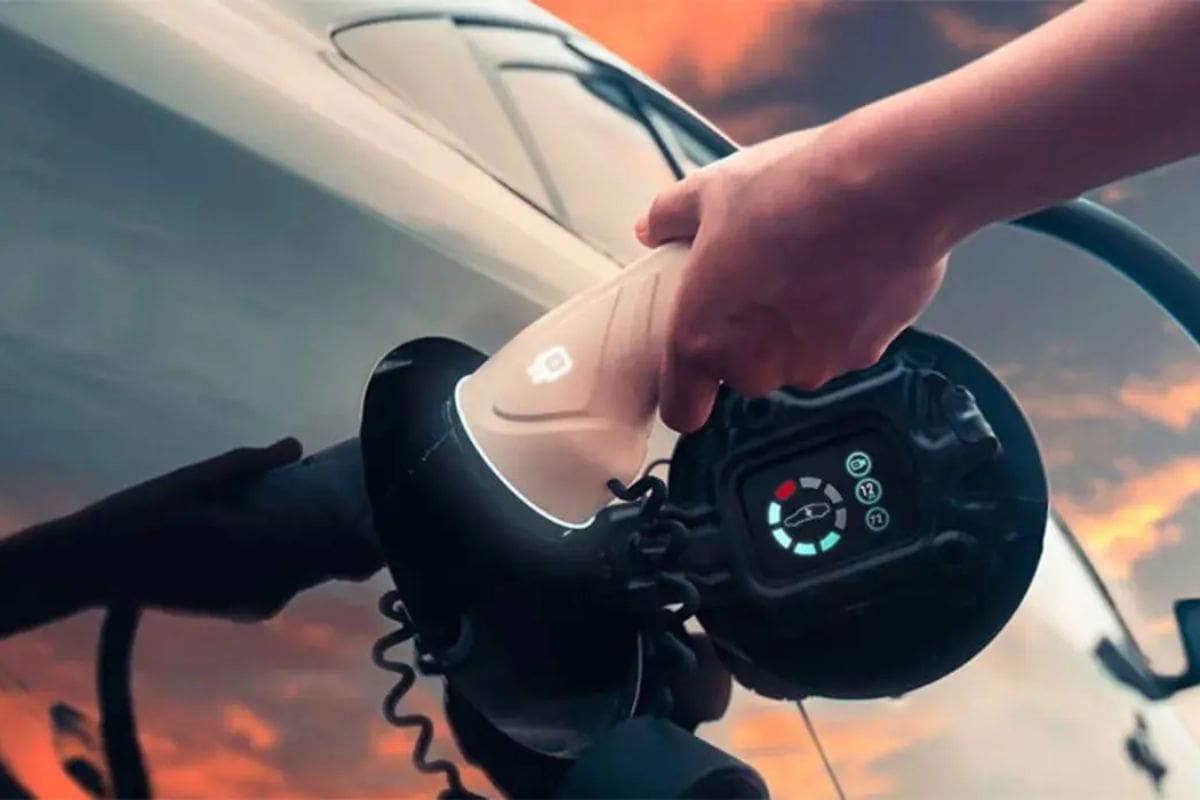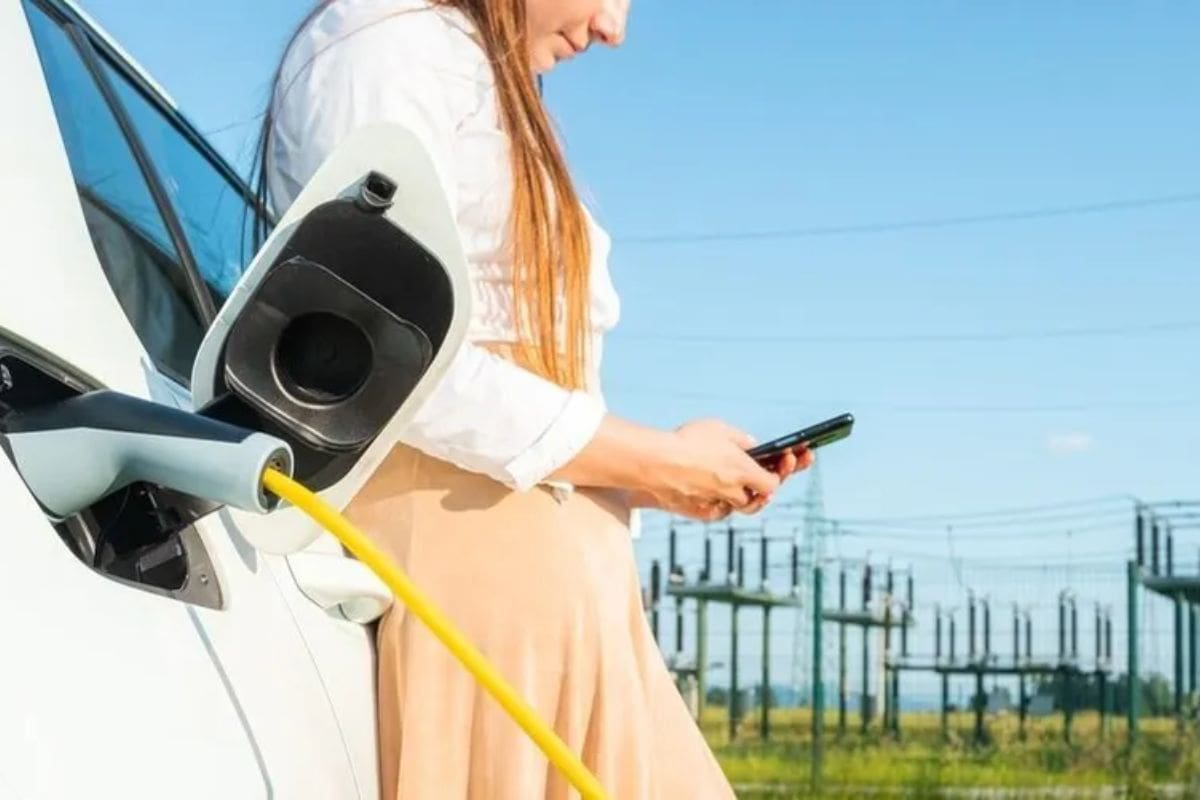Unlocking EVs as Mobile Power Stations: In the realm of electric vehicle (EV) innovation, a quiet revolution is on the horizon – the transformation of EVs into mobile power stations through Vehicle-to-Grid (V2G) technology. This shift has the potential to redefine the way we think about energy consumption and distribution, offering a glimpse into a more sustainable and interconnected future.
As this technology gains traction, the implications for the energy sector are profound, sparking discussions on grid resilience, renewable energy integration, and the role of EVs in the broader energy ecosystem. The possibilities seem endless, but the challenges are real.

Pioneering V2G Technology
Pioneering V2G Technology: Spearheaded by University of Delaware professor Willett Kempton and his dedicated team since 2007, the groundbreaking research into Vehicle-to-Grid (V2G) technology has laid the foundation for global projects aimed at revolutionizing electric vehicles into dynamic grid batteries.
Kempton’s team’s innovative approach allows electric vehicles not only to draw energy from the grid but also to provide power back to it, creating a two-way street of energy flow. This concept marks a significant shift in the role of electric vehicles, turning them from passive consumers to active contributors to the energy ecosystem.
Standardizing V2G Technology
The standardization of Vehicle-to-Grid (V2G) technology represents a crucial step towards widespread integration of electric vehicles as mobile power stations. Kempton and his team’s efforts to update the SAE J3068 technology standard have been pivotal in advancing V2G capabilities.
The recent endorsement of key V2G features by SAE International signifies a major breakthrough, laying the foundation for every electric vehicle to serve as a potential grid-connected battery. Standardization is essential as it ensures interoperability between different V2G systems, enabling seamless communication and functionality across various EV models and charging infrastructure.

Testing New Capabilities
With the upcoming pilot project in collaboration with Delmarva Power, Kempton’s team will be evaluating the effectiveness of the newly standardized V2G capabilities on utility-owned vehicles. This testing phase is crucial in determining the practicality and impact of utilizing electric vehicles as mobile power stations. The project aims to shed light on how V2G technology can revolutionize the energy sector and enhance grid stability. As Kempton’s team this innovative endeavor, they will be focusing on several key aspects:
- Performance Optimization: Assessing how V2G technology can optimize the performance of utility-owned electric vehicles while ensuring a seamless energy transfer process.
- Grid Resilience: Evaluating the capacity of electric vehicles to contribute to grid resilience during peak demand periods and emergency situations.
- Cost-Effectiveness: Analyzing the economic viability of integrating V2G capabilities, considering factors such as maintenance costs and potential revenue streams.
Through rigorous testing and analysis, Kempton’s team aims to pave the way for a more sustainable and efficient energy ecosystem.
Challenges in V2G Implementation
Amidst the promising potential of V2G technology to revolutionize the energy sector, the integration of electric vehicles into the grid faces significant challenges that impede its widespread adoption. One major obstacle is the need for utilities to have access to a plethora of data points to ensure the safe and seamless integration of EVs into the grid. This requirement poses a significant challenge in the implementation of V2G systems. Without robust data collection and analysis mechanisms in place, the reliability and stability of the grid may be compromised.
To illustrate the challenges in V2G implementation further, consider the following table:
| Challenges in V2G Implementation |
|---|
| 1. Data Collection Requirements |
| 2. Grid Stability Concerns |
| 3. Regulatory Hurdles |
| 4. Infrastructure Upgrades |
| 5. Interoperability Issues |
These challenges must be addressed effectively to unlock the full potential of V2G technology and pave the way for a more sustainable and efficient energy ecosystem.
Overcoming Hurdles for V2G Expansion
Navigating the intricate landscape of V2G technology expansion requires a concerted effort to overcome various hurdles and ensure seamless integration into the energy grid. As the industry strives to unlock the full potential of EVs as mobile power stations, overcoming the following challenges is paramount:
- Standardization: Establishing common communication protocols and technical standards is crucial for enabling interoperability between different V2G systems and ensuring a seamless exchange of energy.
- Regulatory Framework: Developing clear and consistent regulations that govern V2G operations, including grid interaction and compensation mechanisms, is essential to provide a stable environment for investment and deployment.
- Cybersecurity: Safeguarding V2G systems against cyber threats is imperative to protect grid stability and customer data. Implementing robust cybersecurity measures and protocols can help build trust in the reliability and security of V2G technology.


Also Read: Democrat Clash Turmoil in Key CA Swing Districts – House Control at Stake
News In Brief
EVs Revolutionize Energy: V2G Tech Pioneers Shift in Grid Dynamics. University of Delaware’s V2G breakthrough, led by Professor Willett Kempton, sets new standards. Testing underway with Delmarva Power to assess performance optimization, grid resilience, and cost-effectiveness. Challenges, including data requirements and regulatory hurdles, addressed for seamless integration. The quiet revolution in electric vehicles as mobile power stations sparks discussions on a sustainable energy future.

